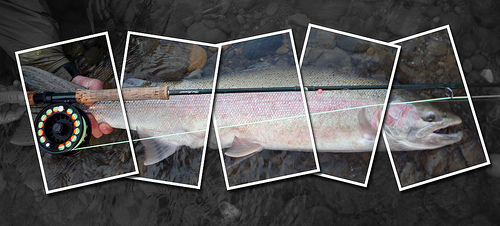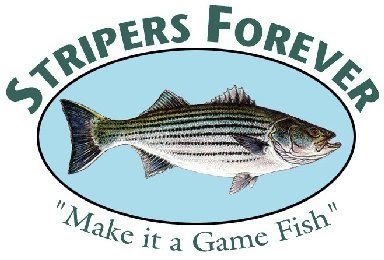TAKE ACTION FOR WILD STEELHEAD!!!!
 Monday, June 27, 2011 at 12:05AM
Monday, June 27, 2011 at 12:05AM 
The Washington Department of Fish and Wildlife will soon be making a decision regarding the future of the Snider Creek hatchery on the Olympic Peninsula's Sol Duc River. This decision will be driven in great part by the comment process so please read the alert below from the Wild Steelhead Coalition and take action for Wild Steelhead.
Despite the overwheming evidence that hatcheries harm wild fish, the reliance on hatchery programs continues unabated. After decades of failed steelhead hatchery management policies you have a chance to win one for wild steelhead. The period for comments ends on June 30th so act now and tell the WDFW to close the Snider Creek Hatchery.
Please note the automated comment option via the Native Fish Society link below the WSC alert. It just takes a couple of minutes if you prefer not to cut and paste your own message to the WDFW. Either way just do it!!
The Wild Steelhead Coalition is asking for your help to create a wild steelhead reserve in the Sol Duc River.
We need you and your friends that are interested in saving wild steelhead in this river to write the Washington Department of Fish and Wildlife (WDFW) quickly and tell them it is time to establish wild steelhead gene banks and management areas where wild fish can reproduce without the impacts of hatchery fish.
This action will allow the early run of wild stocks to recover genetically and productively to a level similar to those of the 1950s—prior to hatcheries—and create an early fishery as valuable as the late winter run.
Over the last 25 years the Snider Creek Hatchery on the Sol Duc River has negatively altered the genetics of the population, reduced its productivity and encouraged increased fishing effort for hatchery fish, which has been detrimental to the wild run.
We must break the old and very bad paradigm today of hatcheries being integral to steelhead fishing on every river or sit back and watch wild steelhead continue to decline in Washington and possibly become listed in the remaining open rivers just as they have in Puget Sound and the Columbia River tributaries. That’s five out of the seven major populations in Washington where wild steelhead are in major trouble and as a result, the fishing effort on the Olympic Peninsula has increased rapidly as other rivers in the state are closed.
Only careful scientific management, as we propose for the Sol Duc River, can stop the downturn in the wild stocks and initiate rebuilding toward recent historical levels.
Send a short message to the WDFW today: snidercreek@dfw.wa.gov
You can cut and paste this into your own email or use it to write you own message:
1. Close the Snider Creek Hatchery
2. Establish a wild gene bank and improved wild stock management area on the Sol Duc River
3. Conservatively manage the Sol Duc wild steelhead stock for stock rebuilding, including gaining information on how to manage other wild stocks. This should include a full season fishing to understand how to conduct a fishery in wild stock only areas.
4. If politically necessary, provide hatchery fish during the month of January in the Bogachiel River by splitting the production of the Bogachiel hatchery, planting half timed to return in December and half to return in January. This hatchery is in an over-production mode and this action will help remove more hatchery fish from the Bogachiel spawning grounds. We do not perceive that this change will further damage wild stocks in this river or elsewhere.
5. Do not move the hatchery to the Calawah River or establish a wild stock gene bank in the Clearwater River, a tributary to the Queets River.
If we lose this battle, we can assure ourselves that wild steelhead will remain fully impacted and continue to decline everywhere over time. This is the time to win a battle in the closing of a steelhead hatchery and begin their removal or reduction on other rivers that use them for steelhead. This decision will set a large example in how hatcheries are regarded in the efforts to recover Puget Sound wild steelhead and how Olympic Peninsula steelhead are managed in the future.
The period for comments ends on June 30, 2011 so please take five minutes for the fish and do this immediately.
Together we can help improve the wild steelhead runs in the Sol Duc River and continue the fight for wild fish for the future.
Sincerely,
Richard Simms, President
Richard Burge, VP of Science
Discontinue the Snider Creek Hatchery! (Via: Native Fish Society)










